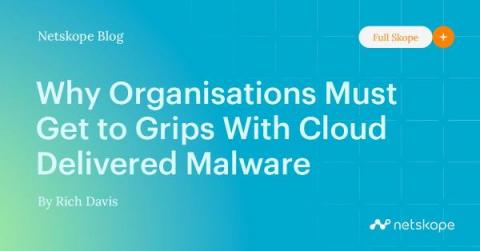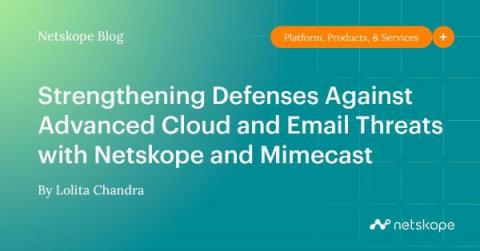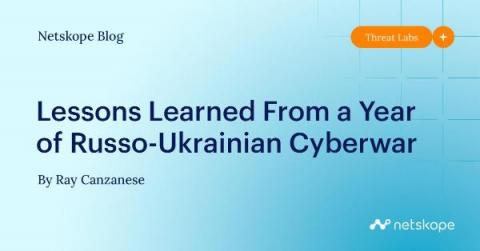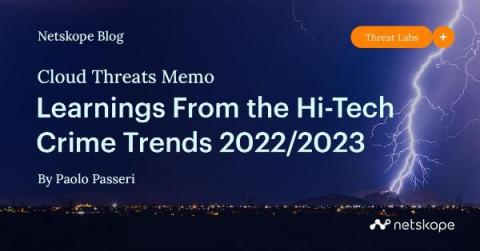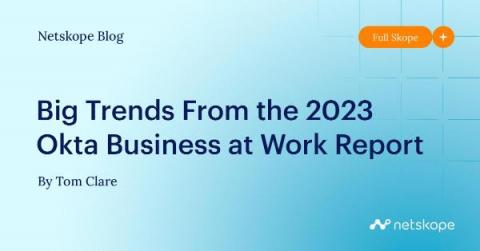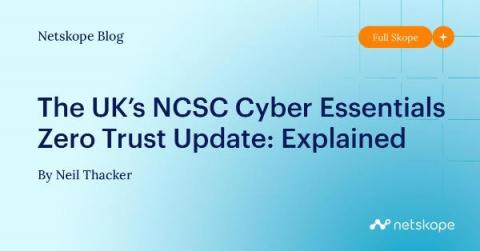Borderless SD-WAN: Ushering in the New Era of Borderless Enterprise
Let’s face it, your remote connectivity architecture isn’t going to cut it for much longer. Maybe you struggle with providing uniform secure optimized access, or with a patchwork of multi-vendor policies, or with network blind spots across all remote users, devices, sites, and clouds. One or all of these issues can lead to a situation that would significantly impact digital business operations. Fortunately, there’s a better way.



